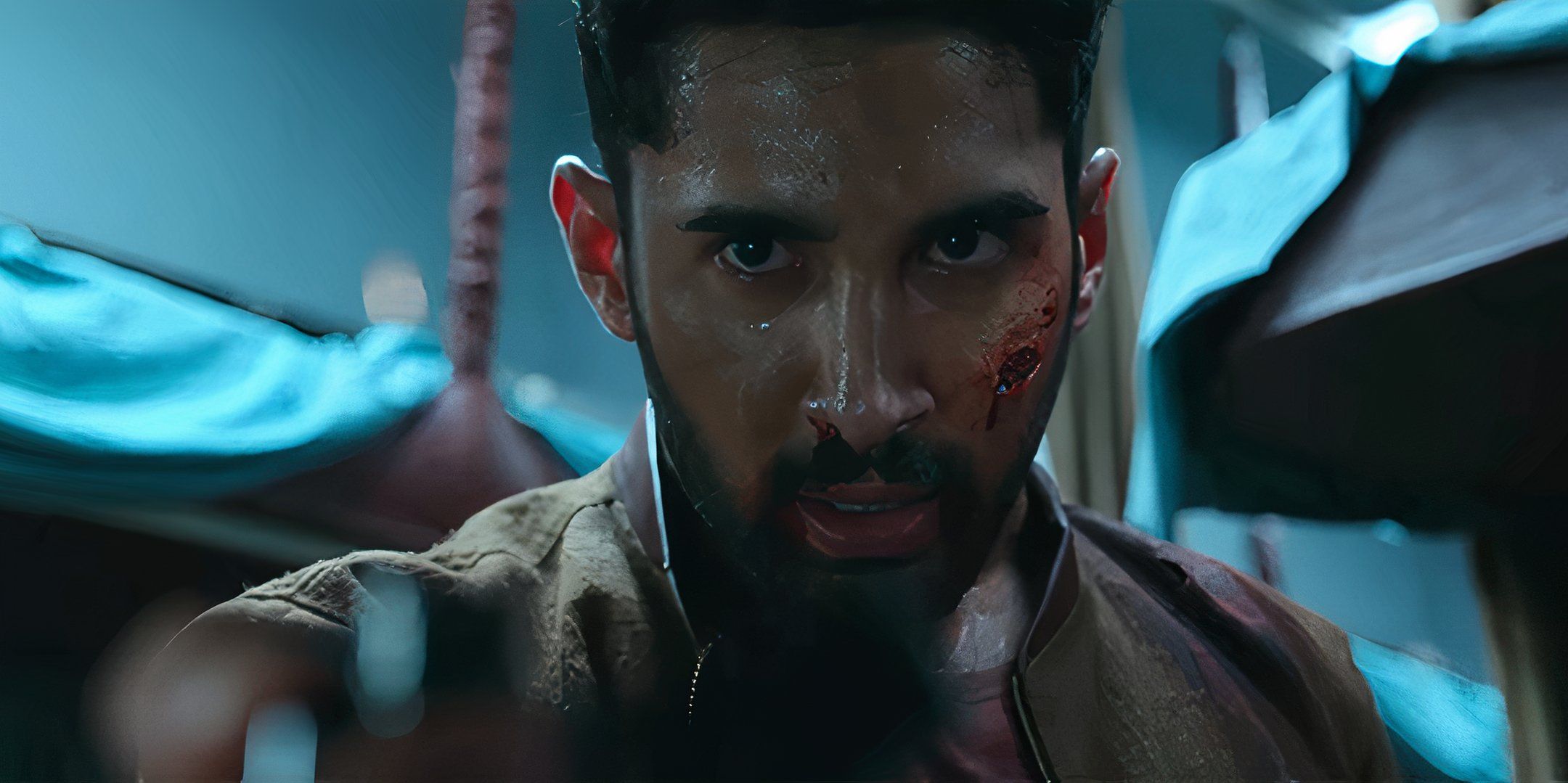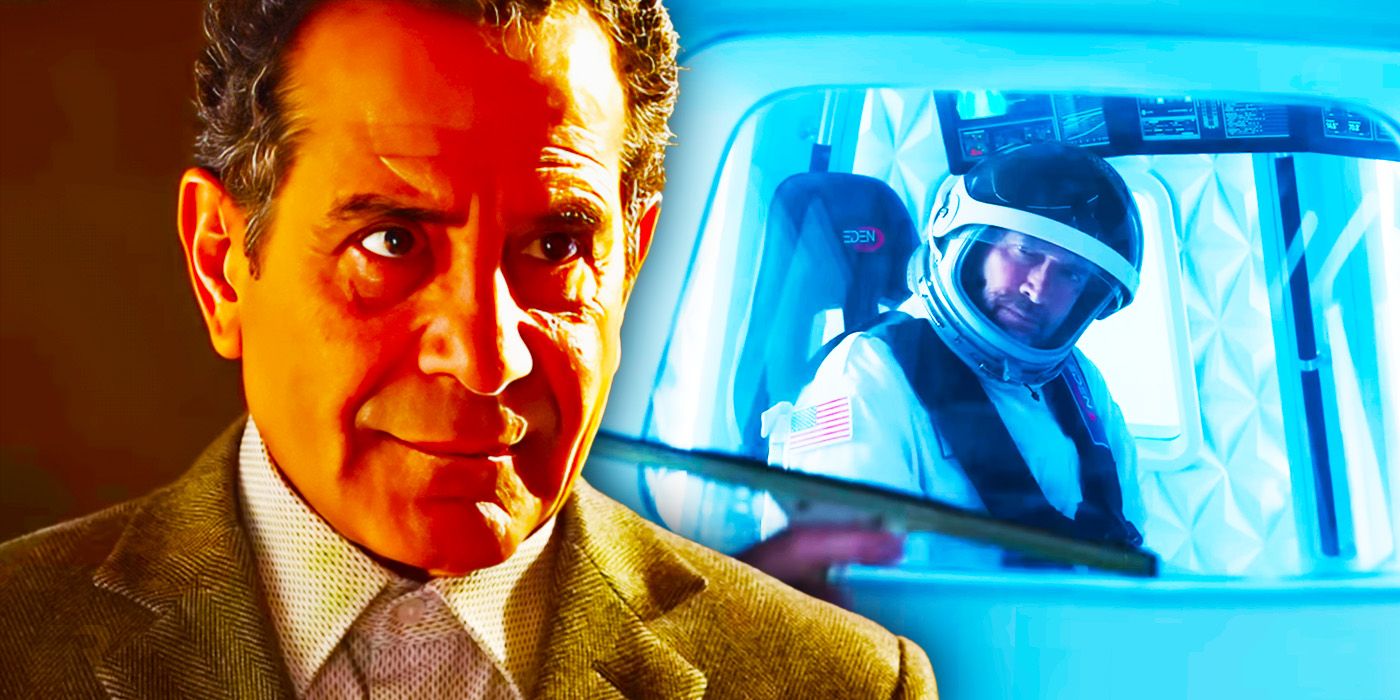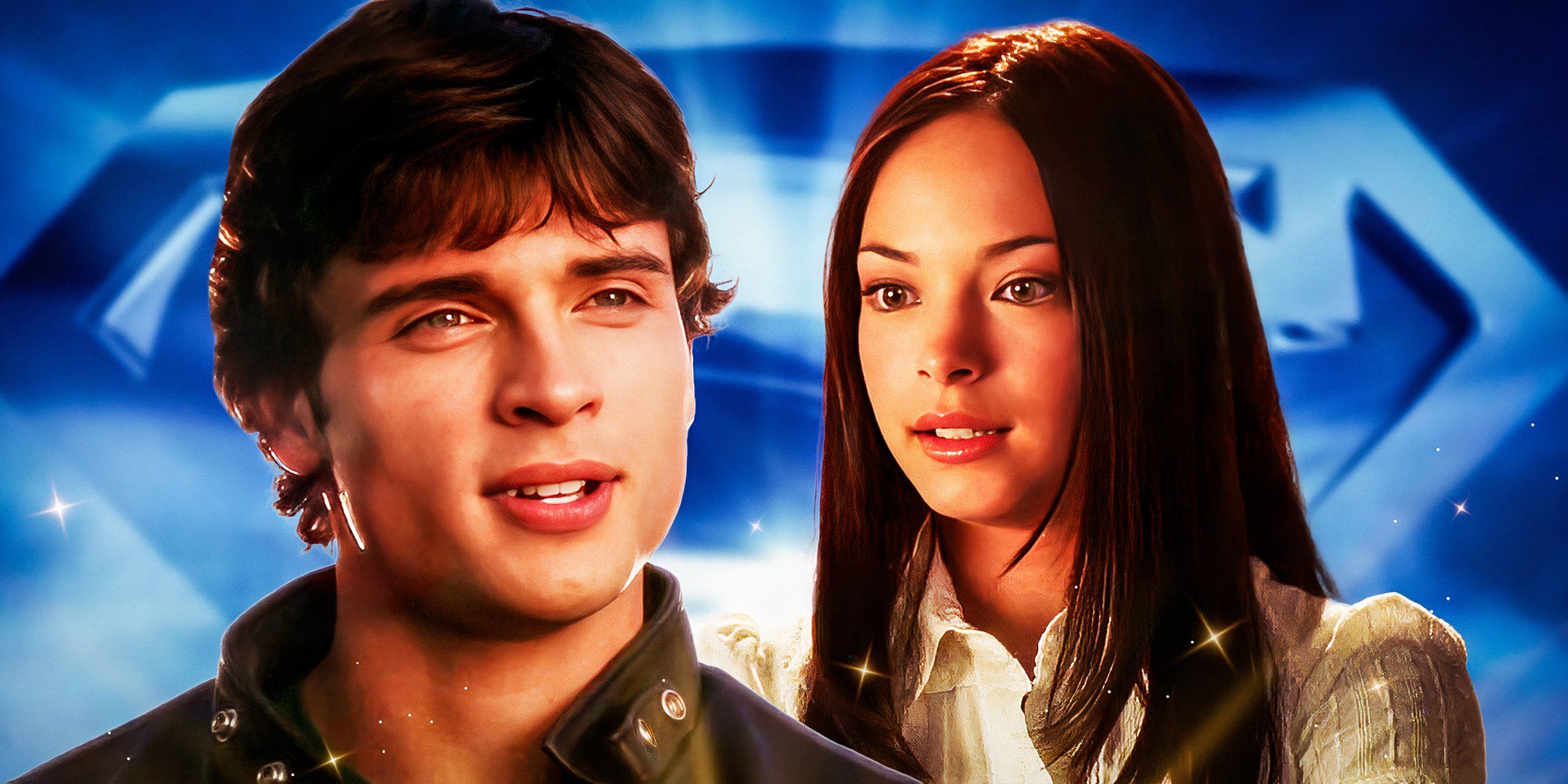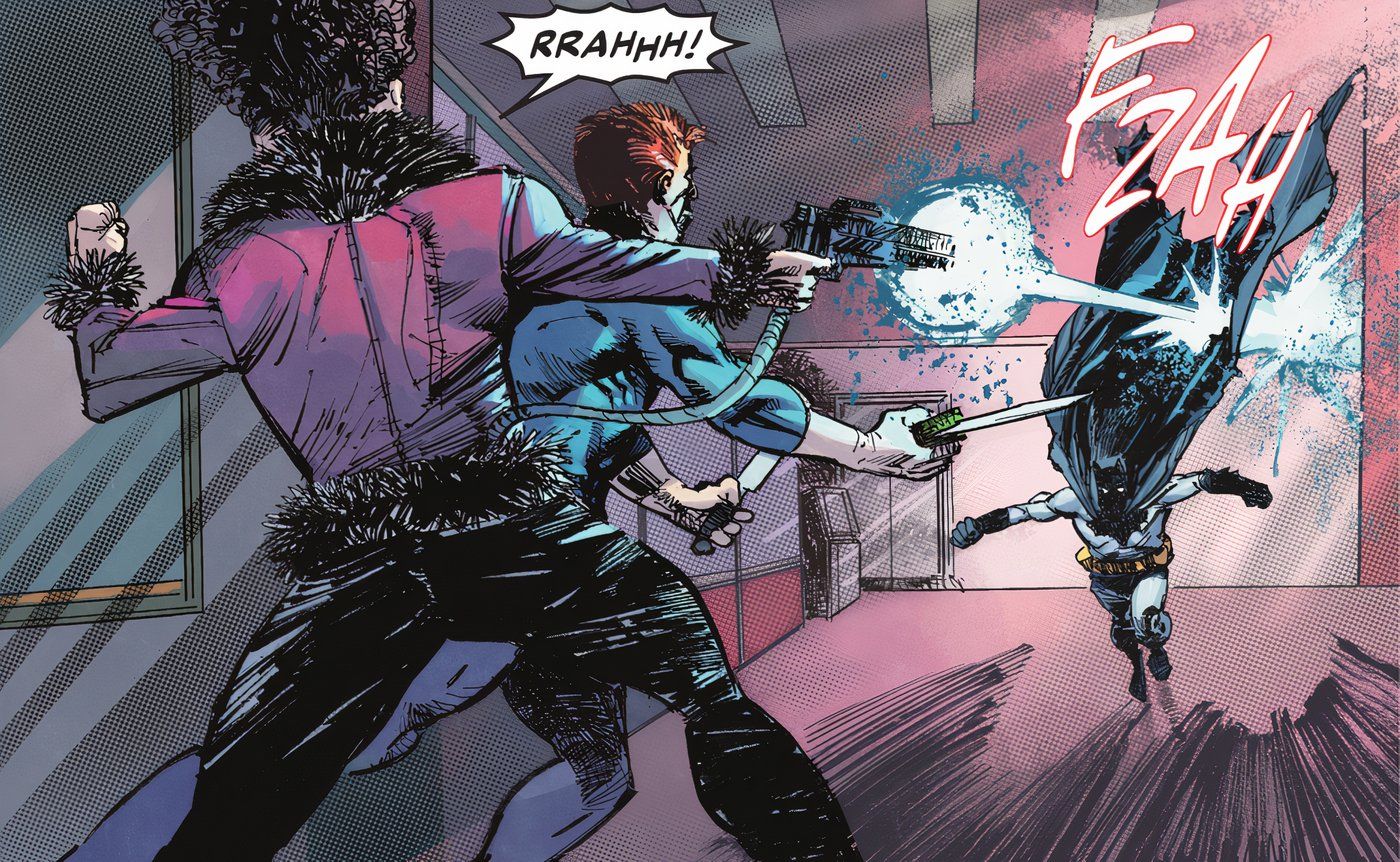From Oldboy to The Handmaiden, director Park Chan-wook has been responsible for many of the most famous Korean films of the last quarter century. His latest masterpiece, Decision to Leave, is a star-crossed romance wrapped in all the trappings of a detective mystery. Starring Park Hae-il (Squid Game) and Tang Wei (Lust, Caution), the story follows Hae-joon, a detective who works in the bustling city of Busan while his wife lives in the much smaller and more fictional town of Ipo.
When he comes across a death in the mountains that teeters between suicide and murder, he suspects the bereaved wife Seo-rae of having committed the crime. But as his love for her grows, his suspicion of her weakens—as does his already strained married. Park approaches both the murder mystery and illicit romance of Decision to Leave with a sense of unreality that is reflected in the camerawork, the mist-filled setting of Ipo that houses the second act’s narrative, and even the haunting score.
Screen Rant spoke to cinematographer Kim Ji-yong about the preparation that went into each shot for Decision to Leave, how the fictional town of Ipo was crafted, and why working with Park Chan-wook is worth it no matter how exacting his vision may be.
Kim Ji-yong Talks Capturing The Vibe Of Decision To Leave
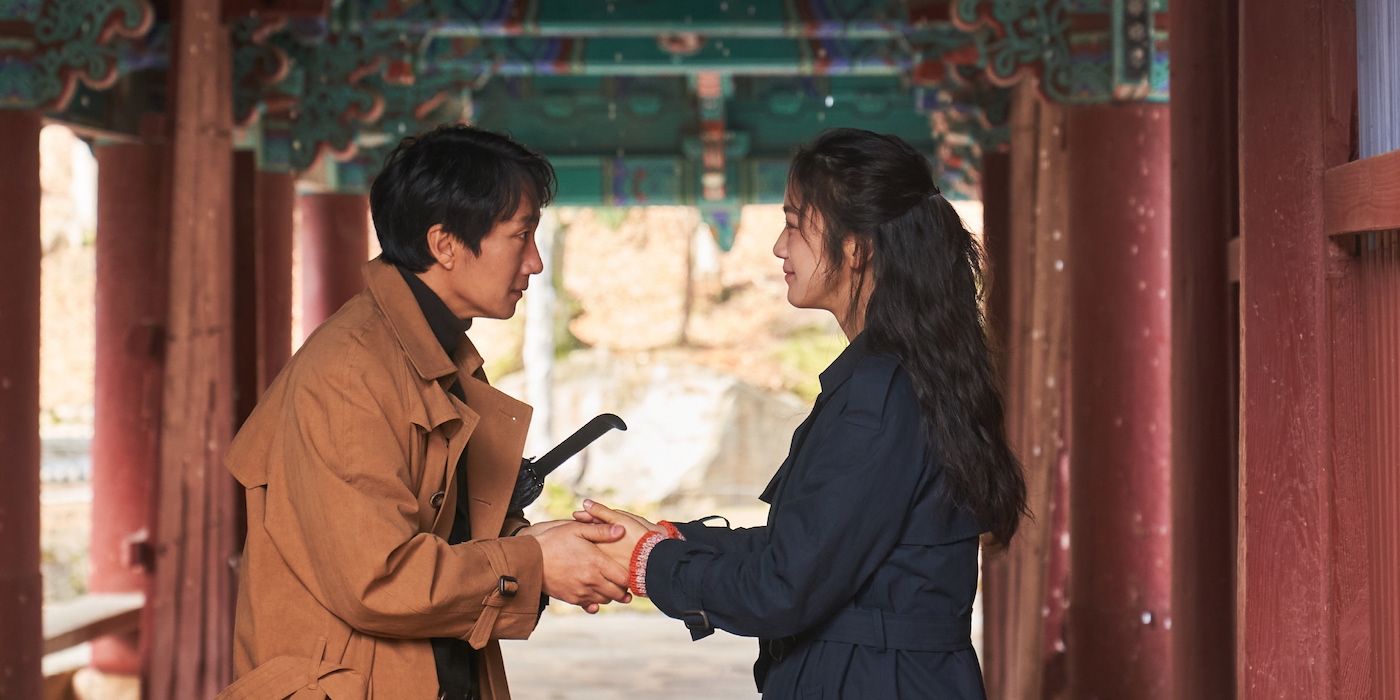
Screen Rant: How much preparation back and forth do you have with the director, Park Chan-wook, before stepping onto the set on day one?
Kim Ji-yong: It took us three months to prep this one, and we spent two months storyboarding the whole thing. It was very nice to discuss everything with a director, shot by shot. It was a wonderful time, and we also had to go to a lot of locations to scout.
How do you approach those locations? We have one set of scenes in Busan, and then Ipo is a very different world. Is there a different approach to the camera in those scenes?
Kim Ji-yong: There’s no place like Ipo; it’s a made-up place. But to differentiate it, the city is famous for mist. The mist for Ipo was all via VFX, and to get the right kind of mist, you have to give them material to work with. It wasn’t easy to shoot everything on a cloudy day or in the shadows. You can’t really have sun when you’re in the mist, so we had to schedule it properly.
I love how the mist parallels the sense of unreality that Hae-joon experiences at times. How do you approach those dream-like scenes?
Kim Ji-yong: I talked with the director, especially when he is outside in the car. It was all actually written that way; all the ideas were there, and I just follow the script.
Some directors are like that, but Park Chan-wook is an especially strong planner. He’s someone who has to be prepared before he goes to set, and it was good because he gave me all the information and every intention he had for the scene. All we did on set was just what we had already planned, because we already talked a lot before we started shooting.
What was your first reaction when you read the script? Did you feel like the director’s vision would be easy to execute, or did you have a lot of questions?
Kim Ji-yong: It wasn’t easy. The final ending sequence wasn’t something you can easily do on the page. I’ve been living in Korea for a long time, and there’s no beach like that. You have to have mist coincide with the high tide, and the sun has to go right over the horizon. That’s something you can’t believe, and you can’t easily do it.
But I said yes to Park Chan-wook before I even read the script. What can you do? I was just a big fan of his films, and I’ve known him for a long time. It was our first time working together, but I was a big fan and saw all his movies. Sympathy For Mr. Vengeance is my favorite.
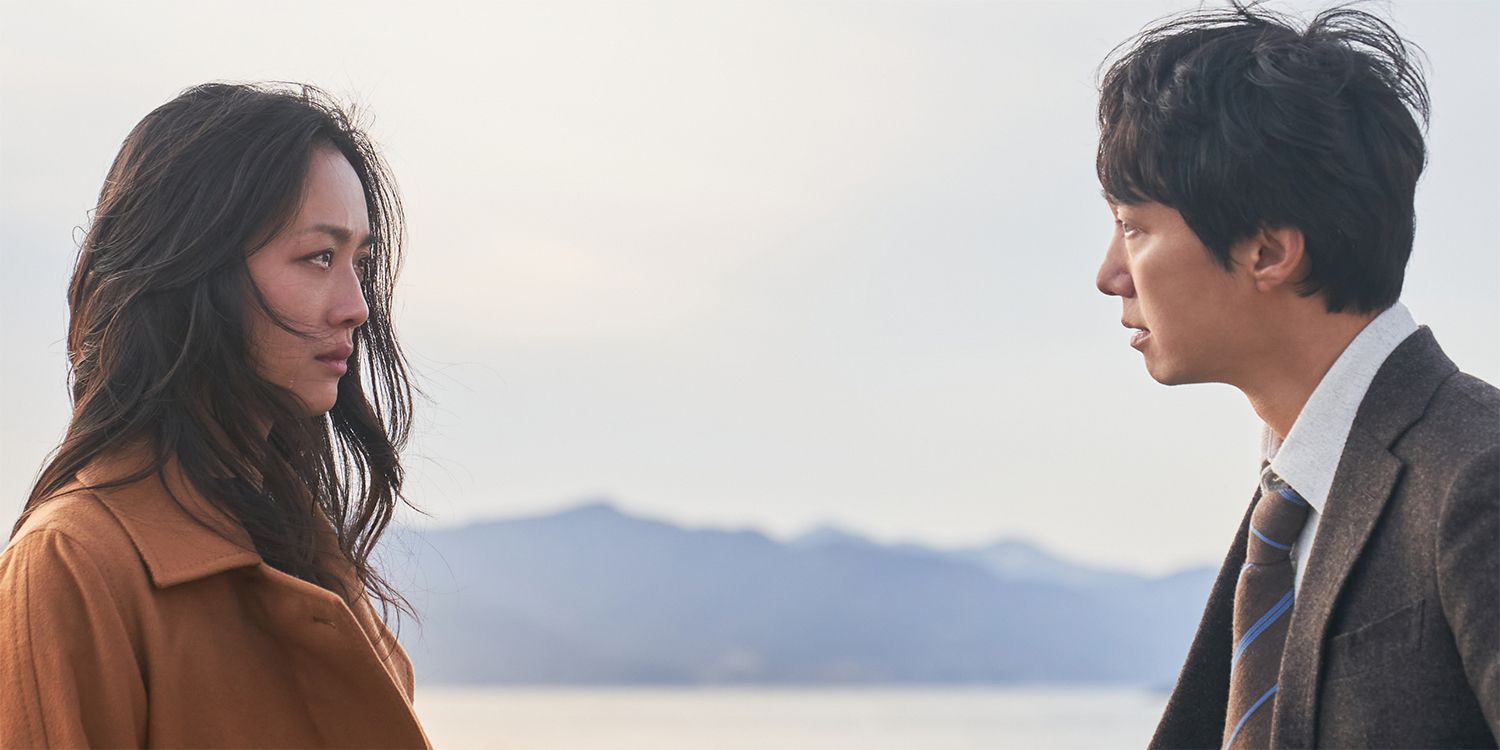
Park Hae-il and Tang Wei do so much work without dialogue or understanding each other’s dialogue. Are there moments you picked out to showcase their relationship from different angles?
Kim Ji-yong: One thing I tried to avoid was the cliches of this genre. I’m not talking about the thriller part, but rather about the romance genre. I avoided pretty close-ups with really shallow depths, because I didn’t want to use that. This film has relatively deep depths of field overall, although there are a few shots with really shallow depths of field and nice romance genre close-ups. I picked really selectively when I shot that way, so we have less than 10 close-ups like that.
You said the shots were all pre-planned but were there any particularly memorable or emotionally charged moments for you?
Kim Ji-yong: There were so many difficult interior ones. At the end of Act One, when they meet and confront each other, there was such a small space and such intense emotions. I wanted to shine a light on them despite the really complicated camerawork, so it was hard and memorable.
Decision to Leave is as much a detective thriller as it is a romance story. Did you take any inspiration from previous films or stories?
Kim Ji-yong: When we made the storyboard, we talked about films that we loved. But the only two things we talked about in terms of how the film should look was that it should be old-fashioned and not modern; not the way everyone does it these days. We wanted to go back to classic films, but we didn’t really have one specific reference. It was just those old films we loved.
When did you get your start in the industry, and which projects would you say taught you the most about cinematography?
Kim Ji-yong: I kind of started as a cinematographer, without any experience as a crew member. I was lucky to get to shoot A Bittersweet Life [starring Lee Byung-hun and Shin Min-ah] so young, when I was 28. I went to film school, but I learned most of it by shooting that film. I met wonderful directors and started collaborating with them, and I learned a lot from those guys.
What lessons did you take away from Decision to Leave and your recent work with Park Chan-wook?
Kim Ji-yong: So many. Because of this experience with such a wonderful director, I am a better cinematographer than before. That’s for sure. But at the same time, he is really demanding. He’s a wonderful person, but he’s demanding and not easy to work with. His ideas are all good, I just didn’t want to screw them up after he’s been making all these great films. But if this one doesn’t go well, part of it would be my fault, so it was a little stressful.
But I am working with him again right now, shooting an HBO show called The Sympathizer. Actually, this is our day three, and I’m still on set.
About Decision To Leave
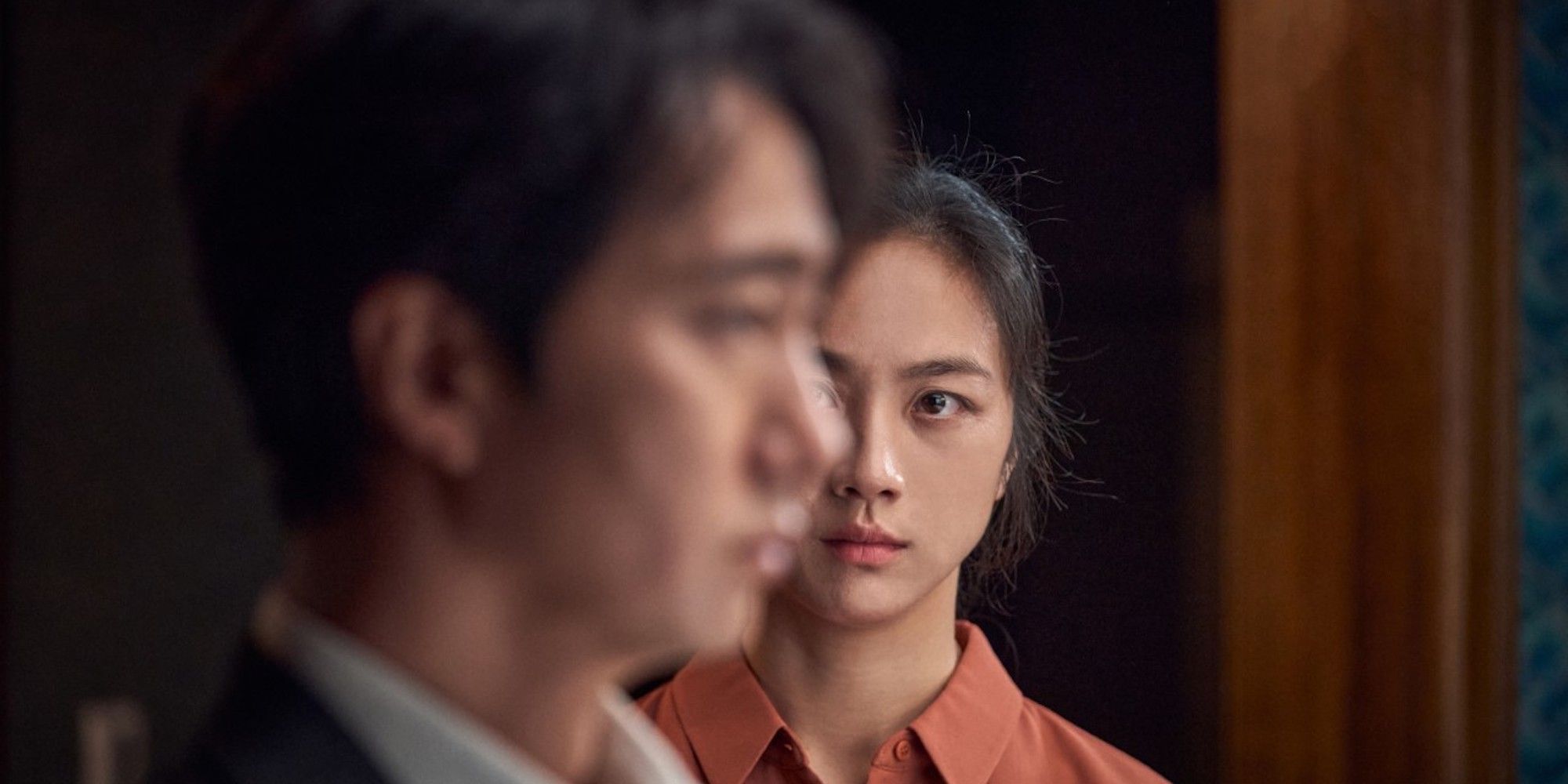
A detective investigating a man’s death in the mountains ends up meeting and developing feelings for the dead man’s mysterious wife in the course of his dogged sleuthing.
Check out our interview with Decision to Leave costume designer Jung Ae-kwak as well.
Decision to Leave is currently playing in select theaters and will be available to stream on Mubi on December 9.
